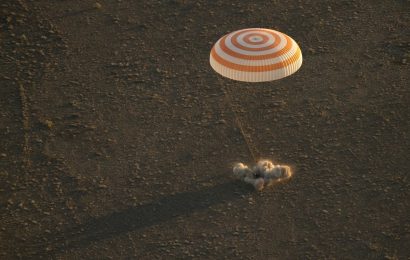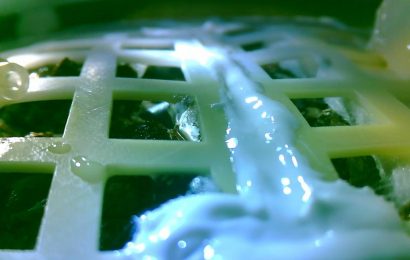The spacecraft is believed to have detonated an explosive charge on the asteroid it is exploring
The Hayabusa 2 spacecraft kick-started the asteroid mining era in February when it first landed on asteroid Ryugu, even though it arrived in the asteroid’s orbit in June 2018, its mission being to capture samples and return them to Earth to be studied.
JAXA’s Hayabusa 2 spacecraft has a tumultuous relationship with the asteroid Ryugu that’s become even more dramatic after it recently shot a copper projectile packed with explosives towards it while hovering 500 meters above the asteroid’s surface. Scientists are expecting for the projectile to have sent debris into the steroid’s orbit creating a fresh crater.
Scientists are now awaiting for confirmation – which seems will be received in the following weeks – since the Hayabusa 2 had to maneuver around to the other side of the space rock in order to avoid being blasted by any flying debris. If it was successful, the spacecraft will collect a pristine sample of material from the crater. This blast is meant to toss up particles that haven’t been altered by millions or even billions of years of exposure to cosmic radiation. The mission’s project manager, Yuichi Tsuda, earlier explained:
“We expect the impact accuracy to be something like a 200m radius, it’s very large… we expect to have a hole somewhere in that very big region. We will try to find that artificial crater two weeks later, by descending to a lower altitude and making extensive observations.”
Ryugu is a small, less than a km across asteroid, and a relic from the formation of our solar system belonging to a particularly primitive type of space rock known as a C-type asteroid. Studying it could help us learn about how other planets and Earth were made, and sort out how water and other materials crucial for life came to Earth.
In July 2019 the spacecraft is scheduled to release another set of rovers onto the asteroid, and later in November it should begin its journey back to Earth.



